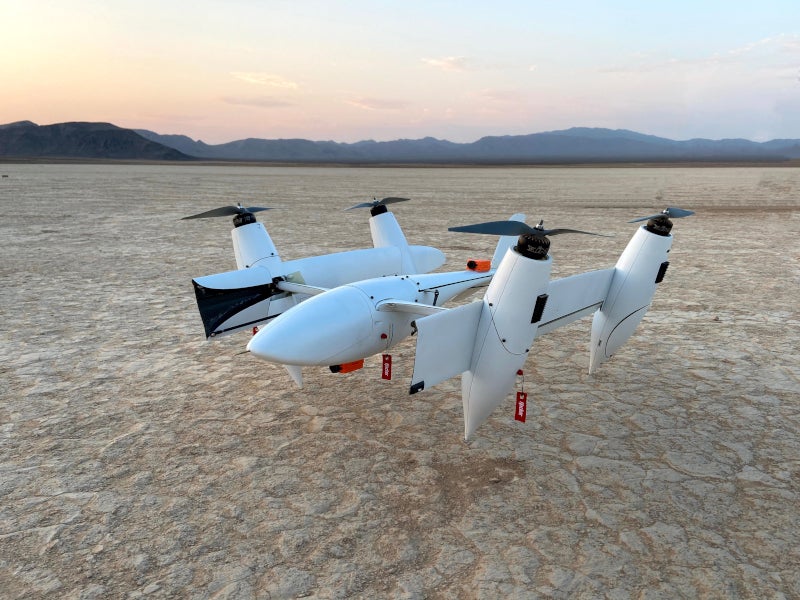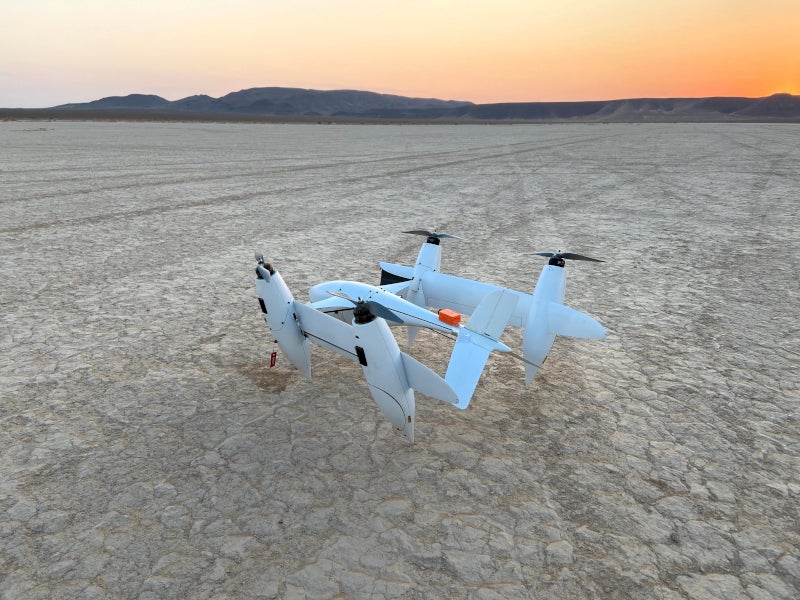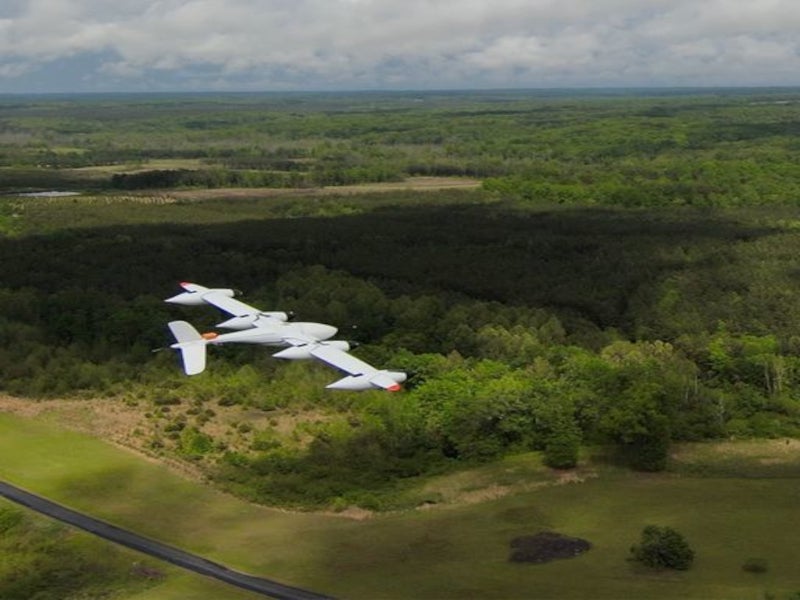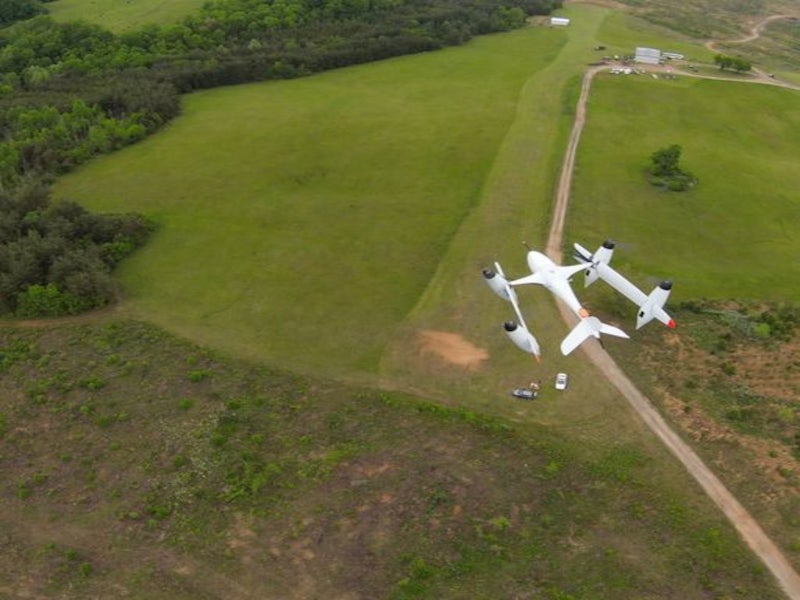The Transwing vertical take-off and landing (VTOL) unmanned aircraft system (UAS) is manufactured by PteroDynamics, a venture-backed unmanned aircraft manufacturer based in the US. It features a patented VTOL design that offers increased agility, endurance and payload capacity.
In August 2021, the Naval Air Warfare Center Aircraft Division (NAWCAD) signed a contract with PteroDynamics for three VTOL prototypes under the Blue Water Maritime Logistics UAS (BWUAS) programme.
The programme aims to develop an autonomous aircraft to meet the logistics demands of the US Navy.
Transwing VTOL development details
The Military Sealift Command and Fleet Forces Command identified the requirement to develop autonomous cargo delivery capability for the US Navy in 2018. PteroDynamics received its first US patent for the Transwing design in April 2019. The Transwing UAS was granted its second and third patents in February 2020 and April 2021, respectively.
NAWCAD acquired a UAS prototype in October 2020 for the evaluation of long-range ship-to-ship and ship-to-shore cargo delivery capabilities. The tests were conducted at the Naval Air Station Patuxent River. NAWCAD engineers, testers and military test pilots evaluated the commercial vehicle and tailored it to meet the requirements of the navy. The UAS programme was named Blue Water Maritime Logistics UAS.
The Naval Air Force Atlantic conducted a test to demonstrate the cargo transport capability of a prototype in February 2021. The test evaluated its capability to operate in heavy winds over open water and land on pitching vessels at sea. The UAS successfully transported lightweight logistics equipment from the Mid Atlantic Regional Maintenance Center (MARMC) to the USS Gerald R Ford (CVN 78).
In March 2021, the MARMC evaluated the capabilities of the UAS to transport parts for repairs to the forward-deployed ships. The tests were conducted in collaboration with the USS Gerald R Ford (CVN 78) Beach Detachment and the Blue Water team.
Design and features
Transwing UAS’ clean aerodynamic shape enables it to fly at a higher speed and over longer ranges than its competitors. Its patented VTOL design enables transition between multirotor and fixed-wing configurations. It flies in the fixed-wing configuration, with its wings folded after take-off.
The transition from rotorcraft to fixed-wing mode can take place almost immediately after take-off.
The cruise flight efficiency of the fixed-wing aircraft is about five times that of the VTOL configuration.
The transverse folding wing design helps to achieve higher efficiency for vertical lift and a longer horizontal flight, which increases the range of the UAS. It can also increase the aircraft’s overall endurance and payload carrying capabilities.
The length of the VTOL unmanned aircraft is approximately 6.2m (20.4ft), while the wingspan is 11.6m (38ft). The landing area required for the VTOL aircraft is about one-third of that needed by similar UASs with the same wingspan.
The time spent on take-off or landing is minimal. Customers can also opt for high-aspect wings, which increase the in-flight time. An optional higher wing loading can further increase the cruise speeds.
Payload carrying capabilities
The UAS has internal and external cargo-carrying capacities, as well as an automatic surveillance-broadcast identification system. The payload carrying capacity of the aircraft is about 20% higher than similar unmanned aircraft in its class.
Transwing UAS propulsion
The Transwing UAS is equipped with a dual-fuel propulsion system, which can be powered by electricity and JP-5 fuel. The propulsors are rigidly attached to the wing, and the propulsion system eliminates drag on the wings during take-off, cruising and landing.







